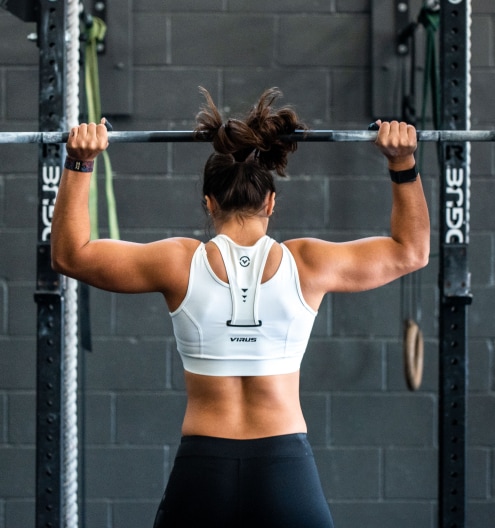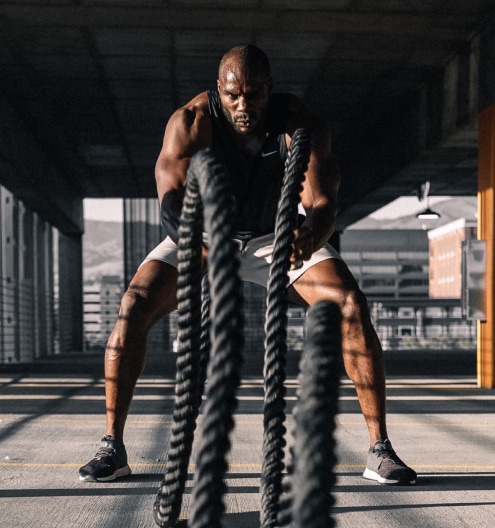Welcome to Gladiator Rising
At Gladiator Rising, we are warriors in the fight against neuromuscular disease. Our mission is to empower individuals through strength-based fitness training, driving forward both physical transformation and scientific progress. We believe that through movement, discipline, and community, we can unlock new pathways to healing—pushing the limits of what’s possible for those affected by these conditions.
Every drop of sweat is a step toward a cure. Every rep is a declaration of resilience. Join us as we rise—stronger, together.
The power of Gladiators
01
Fitness Training
Donating to a charity not only helps create meaningful change for those in need, but also fosters a sense of purpose, community, and personal fulfillment in those who give. our gladiators receive these benefits and personal health development for themselves.
02
Unlimited Access
Lorem ipsum dolor sit amet, consectetur adipiscing elit. Sed auctor turpis eu arcu sagittis, id sagittis justo eli suscipit.
community favorites

Circuit Bootcamp
Lorem ipsum dolor sit amet, te has solet postea. Voluptua quaestio dissentias has ex, no eum aliquid tibique petentium

Strength Training
Lorem ipsum dolor sit amet, te has solet postea. Voluptua quaestio dissentias has ex, no eum aliquid tibique petentium

Cardio and HIIT
Lorem ipsum dolor sit amet, te has solet postea. Voluptua quaestio dissentias has ex, no eum aliquid tibique petentium
we are Gladiators
Lorem ipsum dolor sit amet, consectetur adipiscing elit. Sed auctor turpis eu arcu sagittis, id sagittis justo eli suscipit. Aliquam erat volutpat. Integer finibus sem felis Lorem ipsum dolor sit amet, consectetur adipiscing elit. Sed auctor turpis eu arcu sagittis